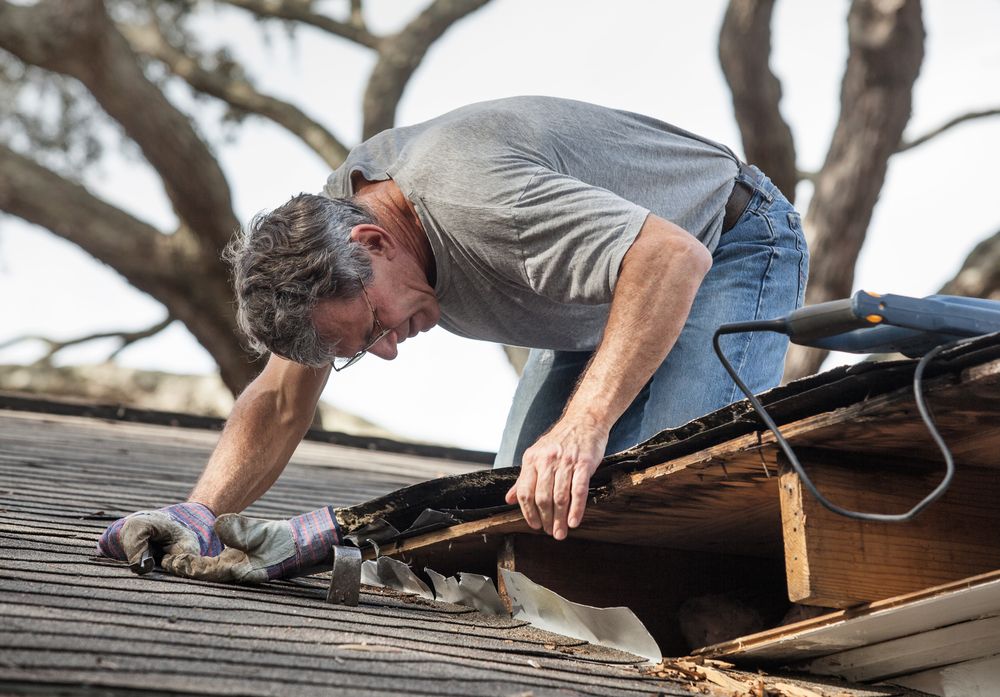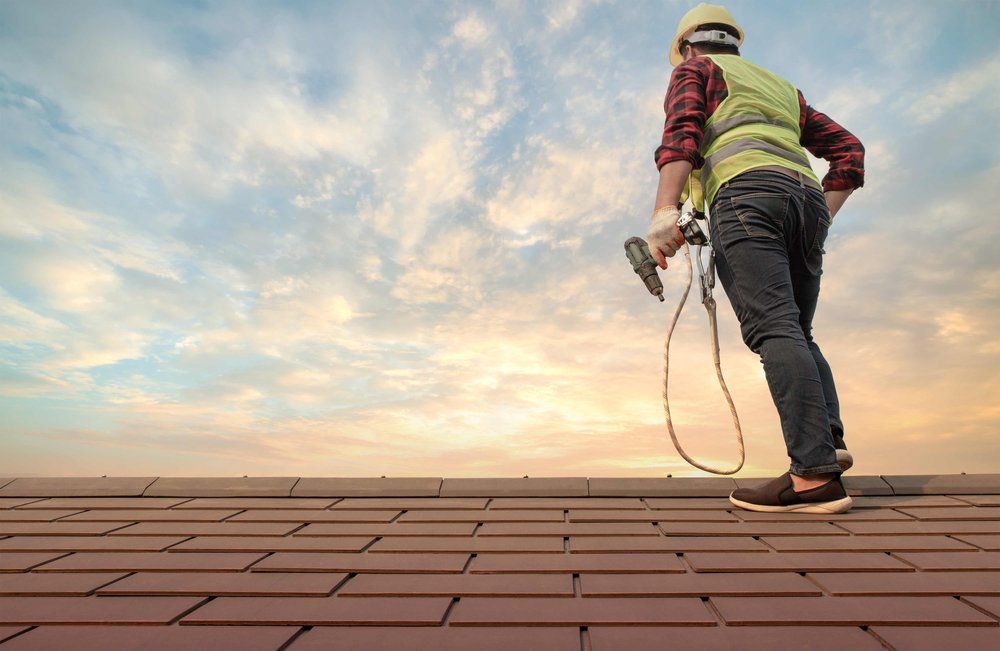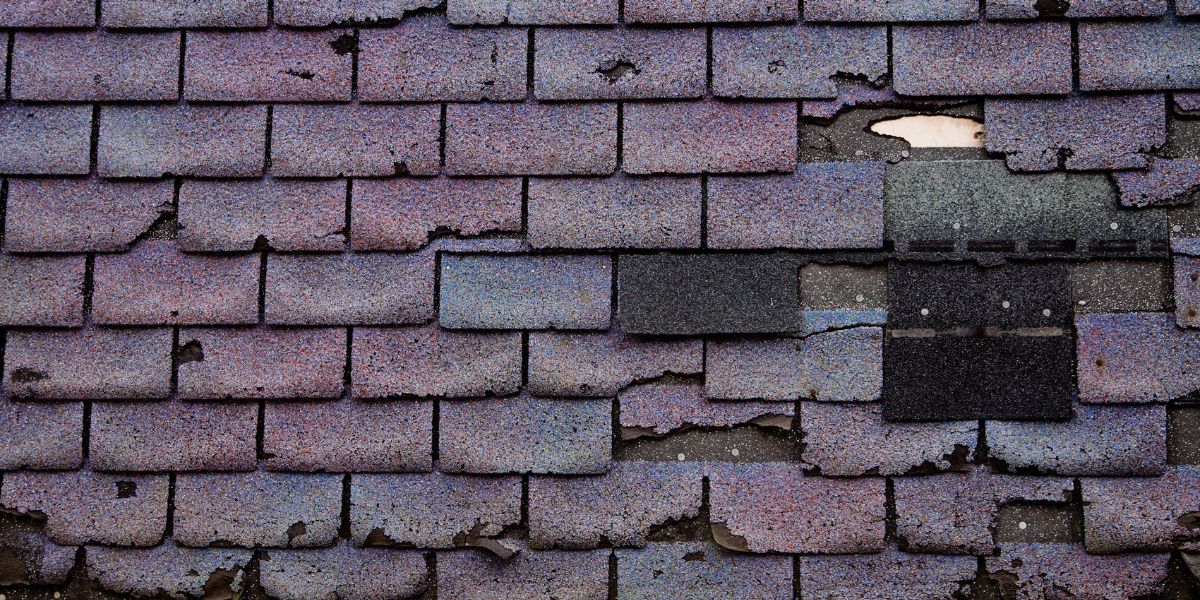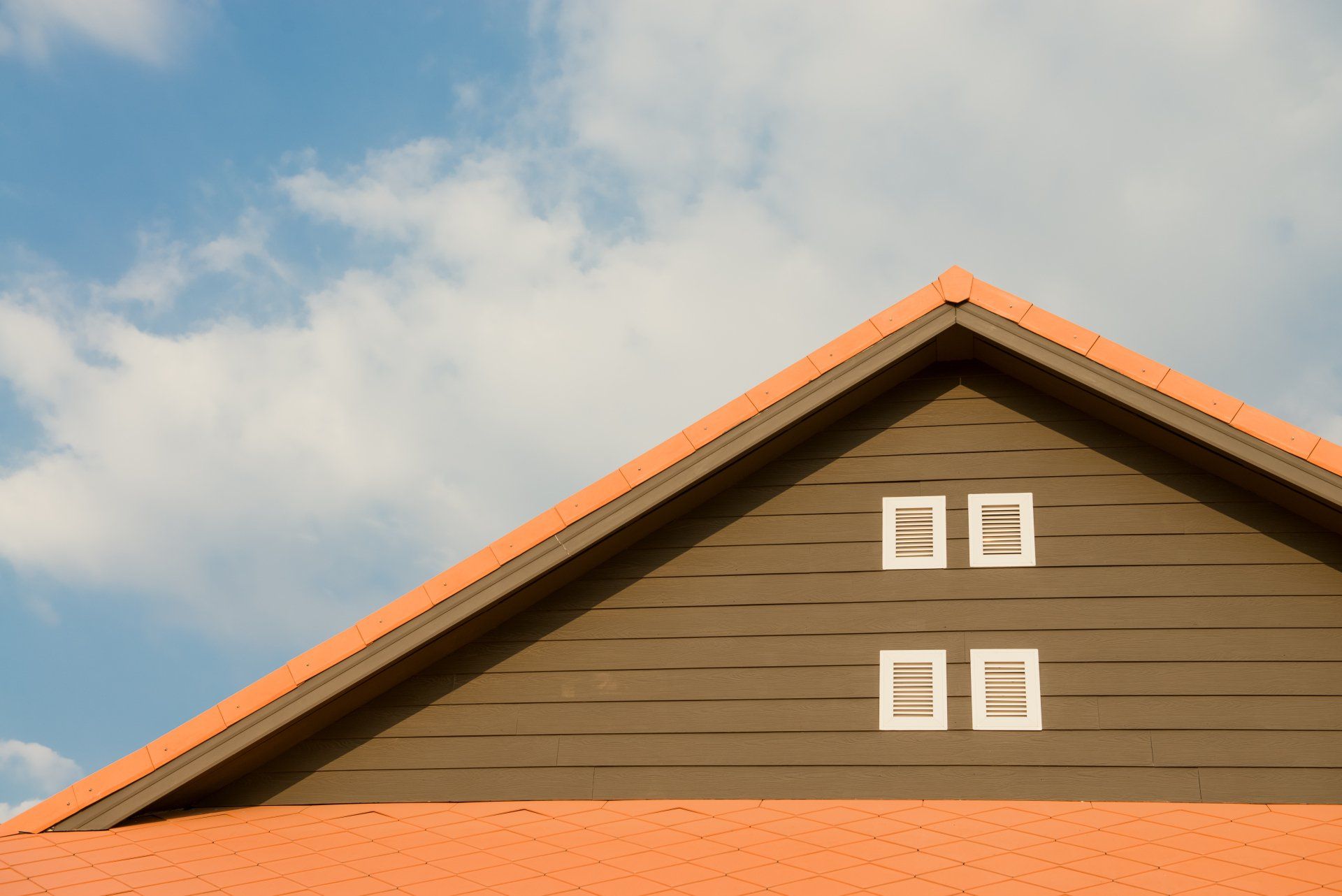hackethalconstruction@gmail.com
3902 Seiler Road, Dorsey, IL 62021
Mon-Fri: 06 AM to 09:00 PM
The Process of Installing a Roof
The Process of Installing a New Roof
Whether you are installing a new roof or renovating your roof, it requires the service of a reliable roofing company with an experienced roofer. Installing a roof is quite a laborious and difficult process that requires a lot of preparation and planning before the actual installation. Whether you are replacing a damaged roof or installing a new one, you need to know the technique to use.
Thus, the roof is a fundamental element of every home. Though it is located at the top, it is the central part of every building with the major function of protecting the house and its inhabitants. It enhances the house's aesthetics and comfort, protects it against bad weather and deterioration, improves its energy performance, and enhances its value: it is in your interest to be well-informed about the installation, repair, and renovation of roofs.
To properly install a roof, therefore, some factors have to be considered, while following some steps.
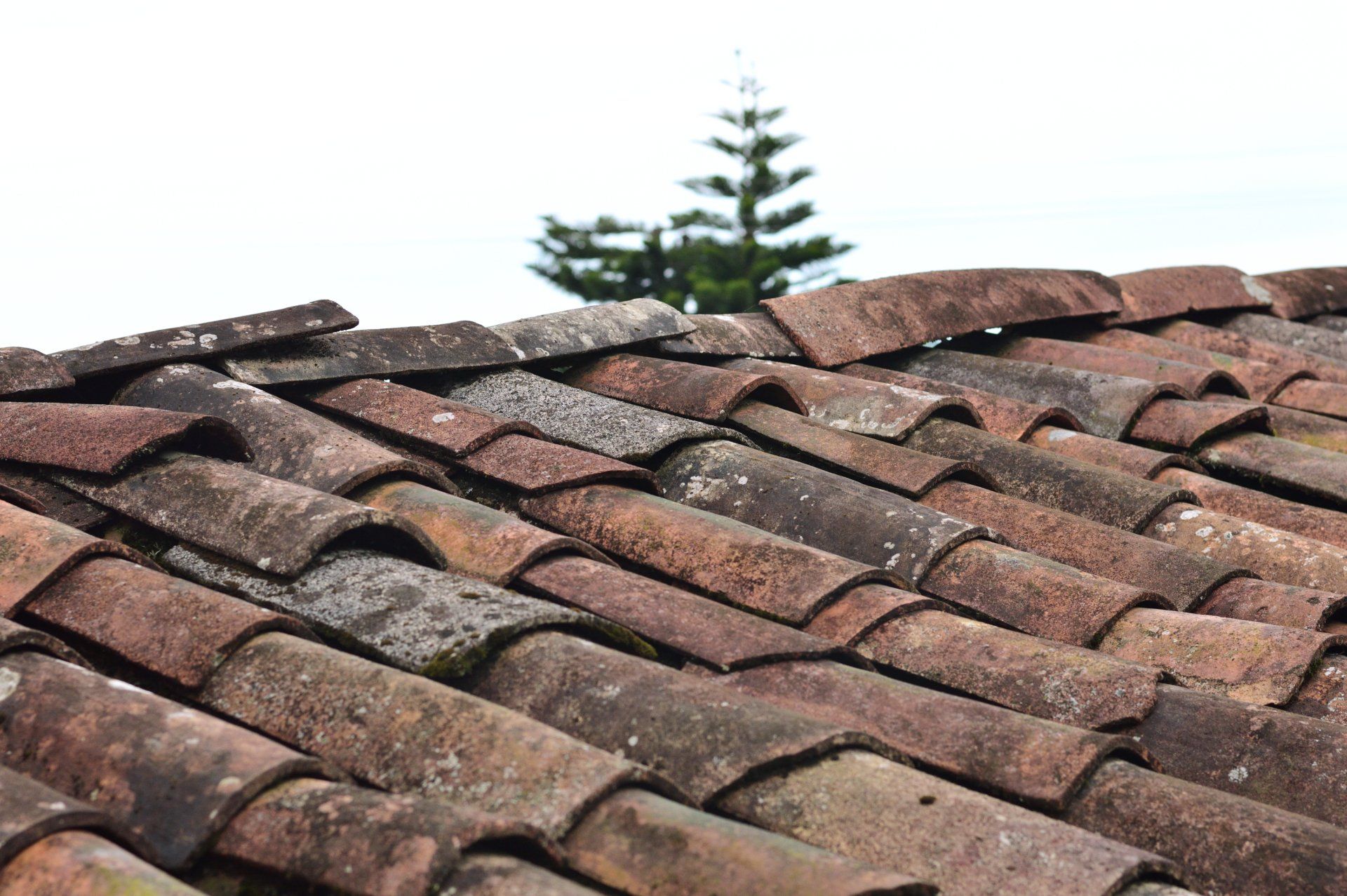
Choosing The Right Type of Roof
Flat Roof: The flat roof, or roof terrace, is a choice that brings a more modern and contemporary style to your home. This type of roof offers greater freedom in the design of the plans. However, it is important to inquire with the municipality to ensure that the local urban plan authorizes it on all or part of the house. This is also applicable to any type of roof.
The Pitched Roof: The pitched or traditional roof, with 2 slopes, has a lot of advantages. The configuration of the sloping roof can make it possible to achieve a great performance in terms of thermal insulation much higher for the same budget. For a house with lost attics, the blowing of flakes of glass wool, rock wool, or even cellulose wadding can reach more than 30 cm in thickness, thus reducing heat loss as much as possible. Unlike the flat roof, where the insulation is placed on the outside, under the waterproofing, generally reaching 8 to 12 cm in thickness.
Another advantage of the traditional roof is that the insulation and roofing materials (tiles, slates, etc.) used on a traditional roof absorb more noise than flat roofs. The sound insulation is therefore better. Finally, a house with a traditional roof offers the possibility of increasing the living space by fitting out the attic under the roof.
It is therefore essential to inform yourself well before your construction or renovation work to know what you can or cannot do. A roofer will also be able to inform you to help you make the right choice and accompany you in your steps.
The Steps in Installing a New Roof
The Framework or the Frame of the Roof
The frame of a roof is the "base" part that provides support to the whole installation: the under-roof, the insulating part, the roof covering, and the ventilation. A well-laid frame is a guarantee of solidity and longevity.
Its role is to keep the roof covering in place, regardless of the climatic conditions of the place where your house is situated. It will therefore be adapted and proportionate to the hedging elements put in place. Its installation is one of the key stages in roof construction.
Depending on the type of roof, the number of slopes, and the size of the building, the type of structure desired can be defined more precisely. The roofing company offering the roofing services will guide you more towards traditional carpentry, choosing the perfect frame to adopt - industrial frame, glulam frame, metal or concrete frame.
In all cases,
the frame will have to support loads of the cover itself, the loads linked to climatic constraints, and also the traffic loads in the case of a trafficable roof terrace.
Insulation
Insulation eliminates the problems of energy loss and noise pollution. The thermal insulation of the roof can be carried out at different stages of construction:
Between the frame and the cover, a technique also called sarking;
Under the frame (on the slopes, inclined part of the roof) when the attic is fitted out;
On the floor, when the attic is not used;
Between the frame and the waterproofing for flat roofs.
You will find several types of insulation, to be chosen according to the recommended thermal insulation technique, which all have advantages and disadvantages. These include glass wool, rock wool, polyurethane, cellulose wadding, wood fiber, expanded polystyrene, or expanded polystyrene.
However, it is important to know the advantages, disadvantages, and price of each insulation to find the most suitable for your work.
Sealing
Neglected water infiltration threatens the very healthiness of a house. That is why it requires rigorous installation, regular checks, and immediate repair
Installation of the Cover
The final step in the construction of a roof, which is the installation of the cover requires delicacy, care, and precision. Any small negligence will inevitably result in detachment and/or infiltration.
As with the frame, it is important to inquire with your municipality to check which roofing materials you can use (tiles, slates, zinc, etc.). Also, remember to check if the material used is suitable for the slope of the roof to prevent early deterioration of the roof. It is important you discuss with your roofing service provider to fully understand the possible solutions within the framework of your work project, and thus make an informed choice.
Channeling of Rainwater
Finally, the evacuation of rainwater must be done without stagnation on the roof. Drainage systems, whether gutters or other systems, must allow rapid evacuation of rainwater and therefore be well-sized according to the surface of the roof. We will use gutters of greater capacity on large roofs, or where the storms are more violent. Similarly, it will be necessary to provide for regular maintenance of these gutters and to remove the leaves and debris that may settle there over time.
You can also collect rainwater using a recuperator, buried or not, which will be directly connected to the downspout for personal use (watering or washing, for example). In addition, channeling these volumes of water makes it possible to avoid damage (flooding) or rising dampness at the foot of the house.
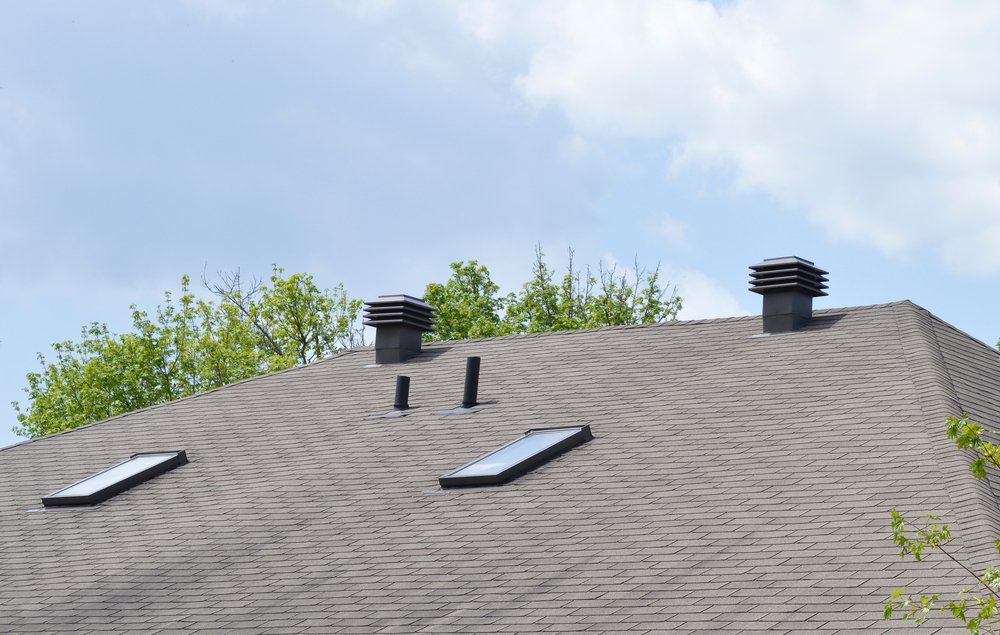
About Us
Hackethal Construction is based out of Worden, IL with over 10+ years of experience in roofing, siding, and specialty contracting. We are licensed, insured, and set only the highest standards regarding our workmanship.
Contact Information
618-334-3860
hackethalconstruction@gmail.com
7530 Brickyard Hill Road, Worden, IL 62097
All Rights Reserved | Hackethal Construction | Web Design by: Mogul Brand Solutions

